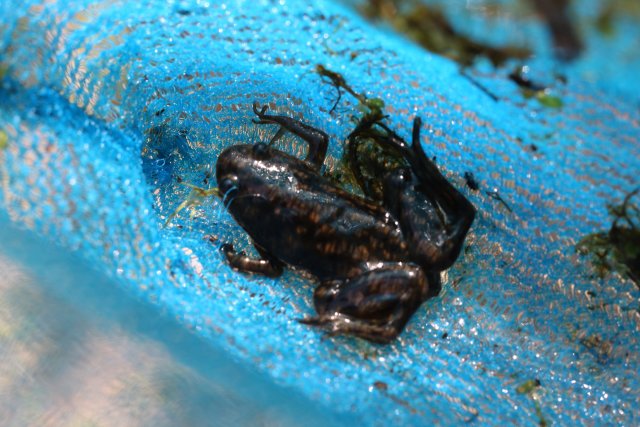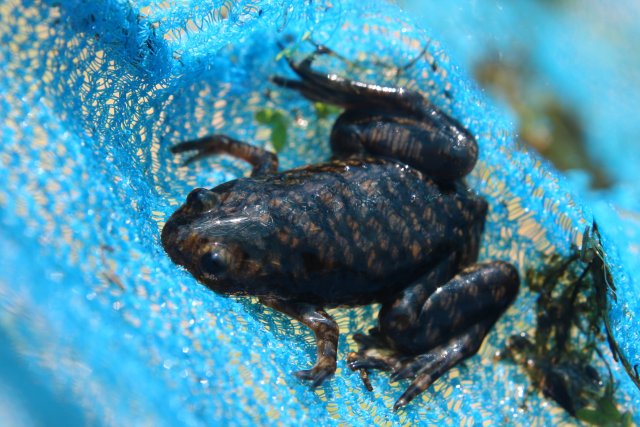Cycling a Fish tank with Frogs
- Thread starter Freshwaterfishlover
- Start date
-
- Tags
- african clawed frogs
You are using an out of date browser. It may not display this or other websites correctly.
You should upgrade or use an alternative browser.
You should upgrade or use an alternative browser.
Frogs are particularly prone to suffer from a toxic environment, I would rather use a quick cycle bacterial product.
I’ve found that with both dwarf frogs and clawed frogs, they do find in dirty water, but once parameters get near toxic levels (which is more than likely in a cycle), they are the first to go.
Besides, is you are indeed talking about Xenopus laevis, the African clawed frog, and not the dwarf frogs, it will severely limit your stocking plans if it survives the cycle.
Besides, is you are indeed talking about Xenopus laevis, the African clawed frog, and not the dwarf frogs, it will severely limit your stocking plans if it survives the cycle.
I’ve found that with both dwarf frogs and clawed frogs, they do find in dirty water, but once parameters get near toxic levels (which is more than likely in a cycle), they are the first to go.
Besides, is you are indeed talking about Xenopus laevis, the African clawed frog, and not the dwarf frogs, it will severely limit your stocking plans if it survives the cycle.
I only want African Clawed Frogs in the tank.
I only want African Clawed Frogs in the tank.
SeaChem Stabile is what you want. Cycling in a bottle (read that just like the song)
In that case, I agree that you should just cycle it without animals and dose chemicals if you want to. Mine died of high ammonia/nitrite/nitrate. It’s not a pretty picture.I only want African Clawed Frogs in the tank.
If you want as a tankmate, try guppies, they are usually small and fast enough to not be easy prey, and they also reproduce fast, which means more food for the frog and also more activity in the tank from both the fish and the frogs chasing them.
They really do, they're actually outcompeting the local clawed frogs (Xenopus gilli) here in the Cape region of South Africa, the bigger clawed frogs have moved East as they do better in Urban habitats than X. gilli, which prefers the tannin rich pools of the cape. Thought it would be an interesting tidbit. Here is one I caught at a botanical garden:I would think not. High ammonia will burn a frog's skin and that is not a pretty sight. Cycle tank then add frogs. Good luck with the Xenopus frogs and tank mates, those guys will try to eat everything.



Do they get as big as laevis? The one I got from the “grow a frog” never got bigger than 2-3 inches, and i know it was a male, but that seems small even for a male. I know tropicalis only max out at 4 inches.They really do, they're actually outcompeting the local clawed frogs (Xenopus gilli) here in the Cape region of South Africa, the bigger clawed frogs have moved East as they do better in Urban habitats than X. gilli, which prefers the tannin rich pools of the cape. Thought it would be an interesting tidbit. Here is one I caught at a botanical garden:
View attachment 1442835View attachment 1442836View attachment 1442837


